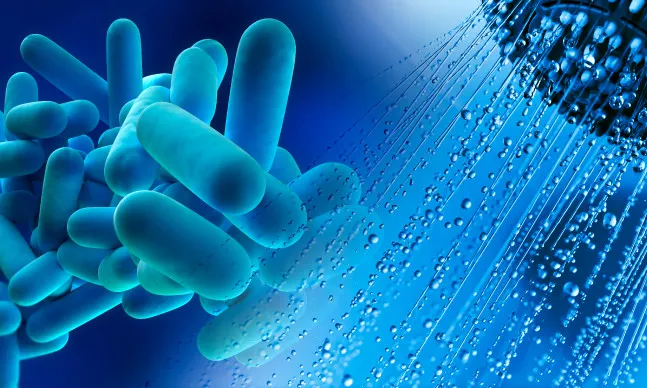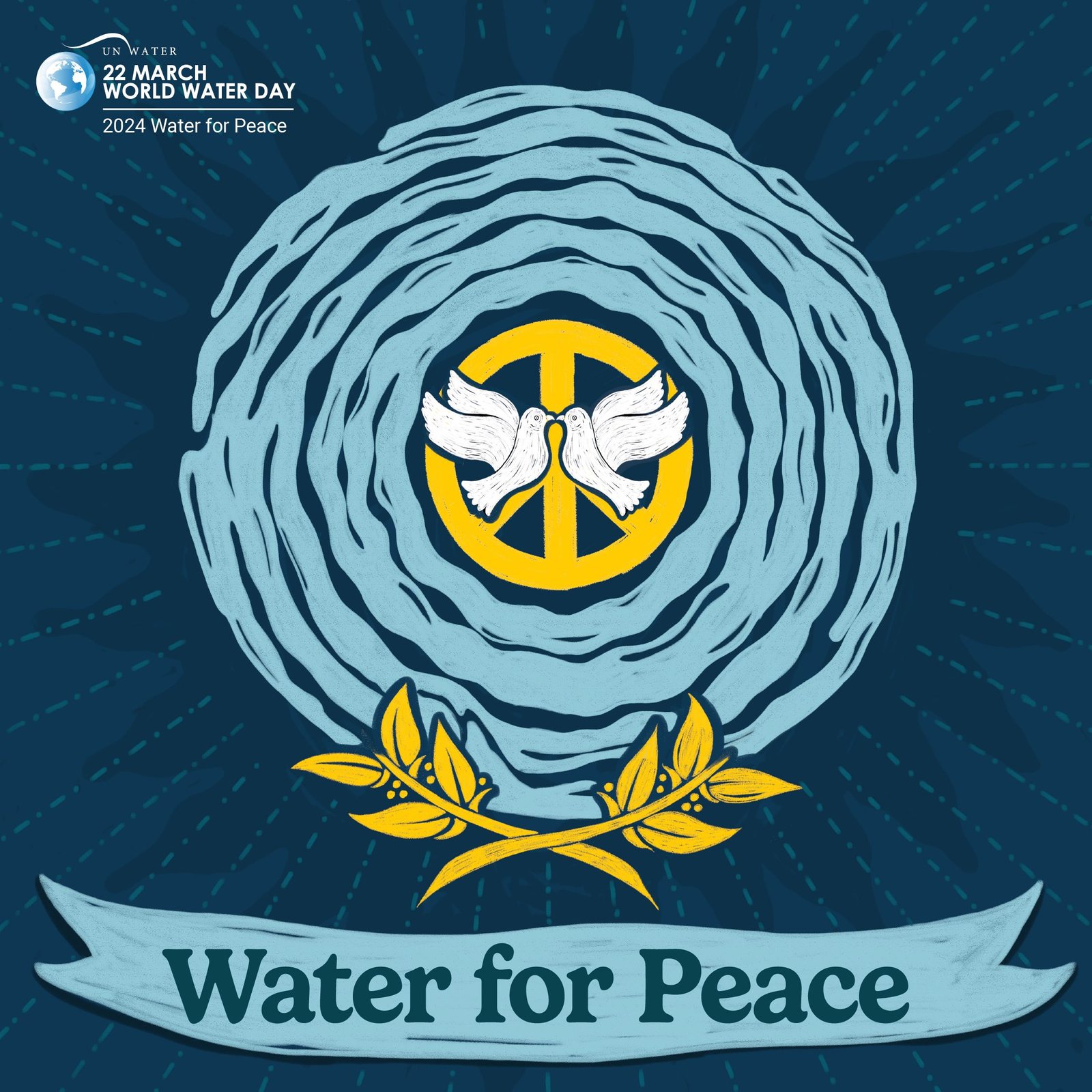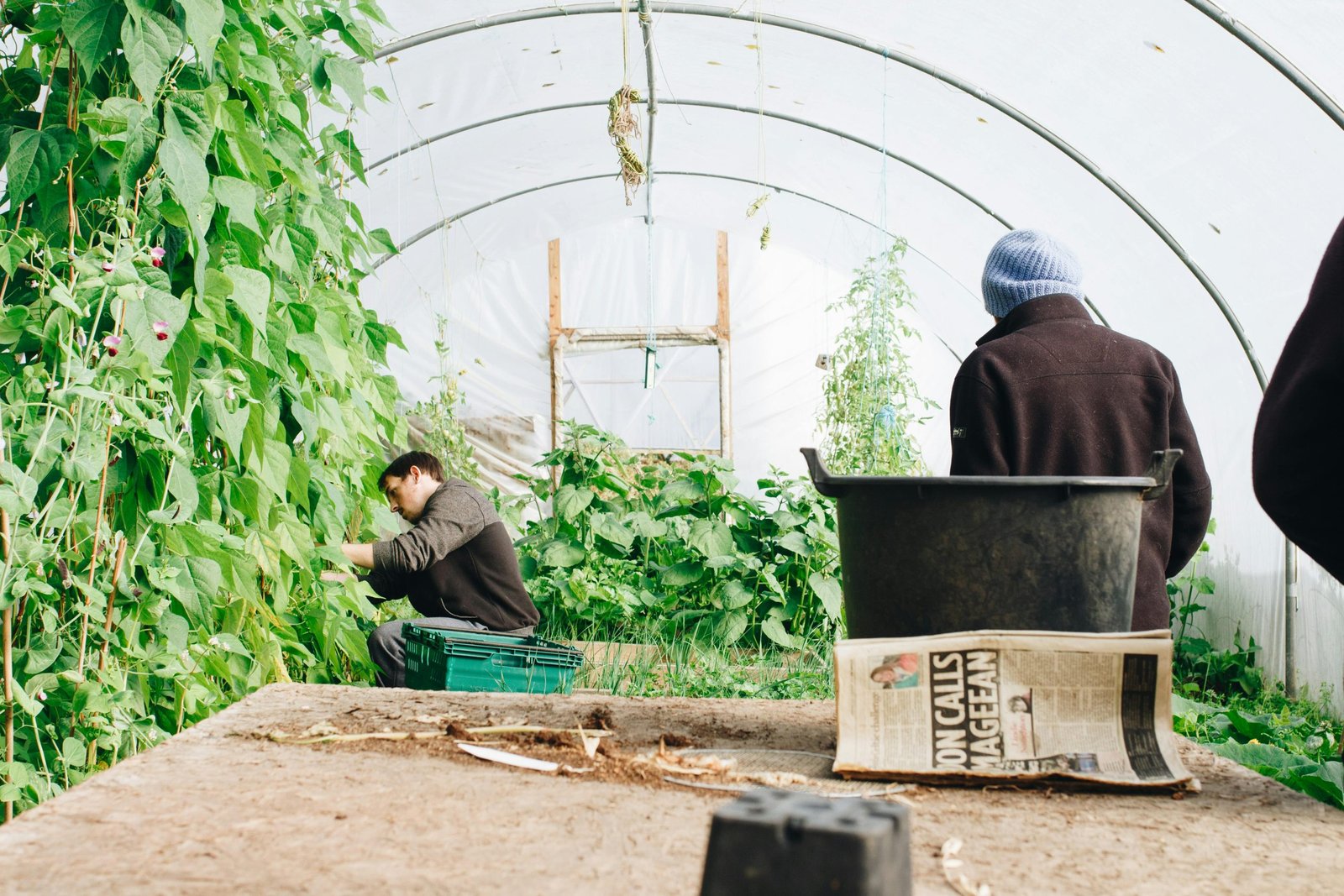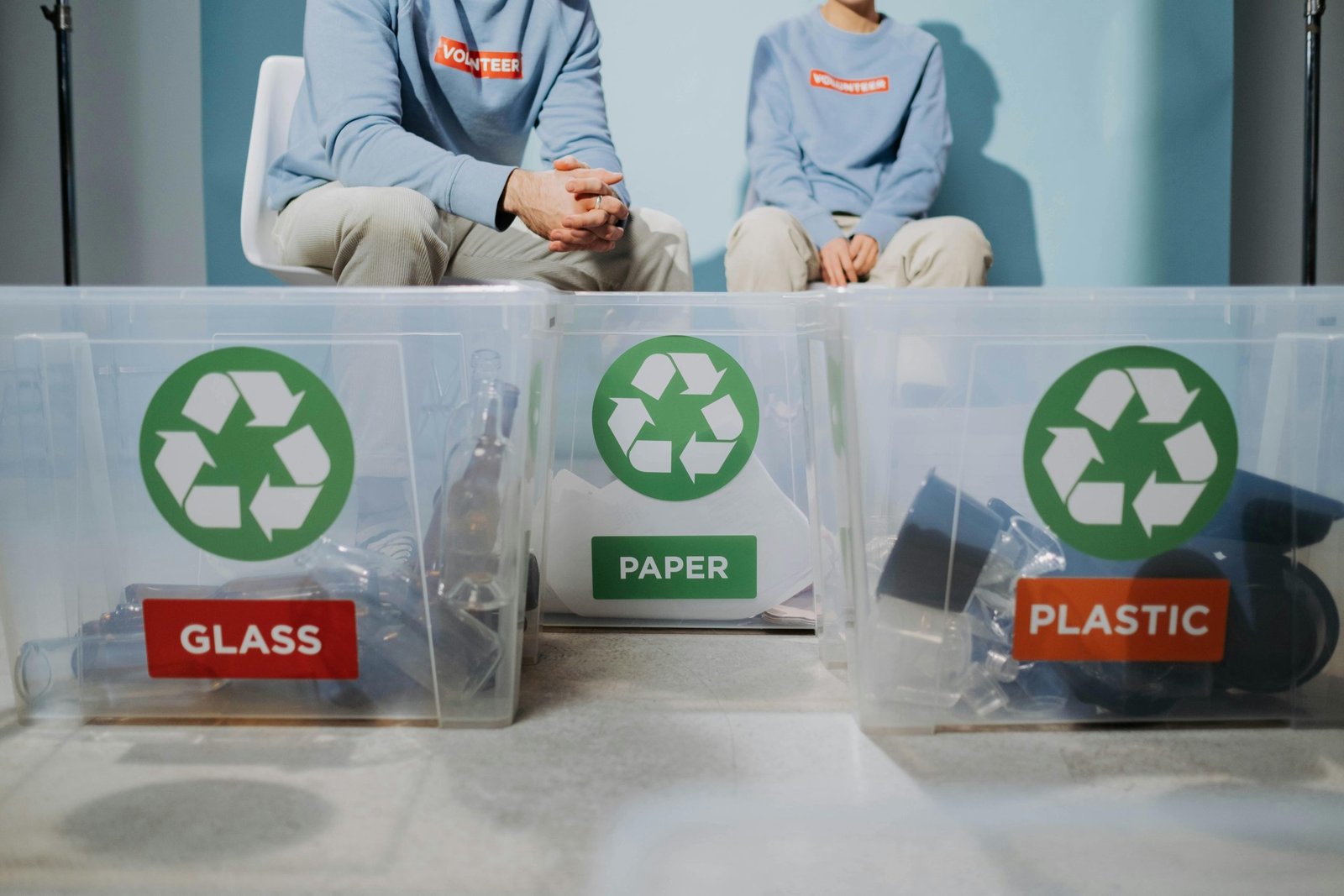Circular ID: Δ1δ/οικ. 60055/2-8-2018
This circular outlines the risk assessment, sampling, and preventive measures for Legionnaires’ disease, following the latest guidelines from the European Working Group for Legionella Infections (EWGLI).
Key Points:
A. RISK ASSESSMENT
To assess the risk of exposure to Legionella, a thorough investigation is necessary, which should include:
- All Water Systems: All water systems, including supply sources and internal networks, should be inspected.
- Preventive Measures: Implement all necessary preventive measures as required.
Points to consider during risk assessment:
- Source of Water Supply: Determine if it comes from a municipal supply or other sources.
- Potential Contamination Points: Identify any potential contamination sources within the facility before water reaches storage tanks, cooling towers, or other systems that use water.
- Operational Characteristics: Collect data on the operational characteristics of the water supply systems from the facility manager.
- Unusual Conditions: Identify any unusual but predictable conditions, such as leaks.
- Air Intake Locations: Ensure air intake points are not located near cooling tower exhausts.
Components of a Water System:
- Includes all installations and equipment, such as pipes, pumps, tanks, valves, showers, heat exchangers, fire extinguishing tanks, and coolers.
- Periodically used sections, such as hotel areas closed in winter, must be included.
- Complex buildings or installations require checking all water systems.
Risk Assessment Report Should Include:
- Diagram and Description: A layout diagram and description of water supply and air conditioning installations, including temporarily inactive parts.
- Operational Description: Details on maintenance frequency, water temperature, chlorine or other disinfectant concentrations, preventive measures applied, and control measures frequency and methods.
- Recommended Preventive Measures: List of recommended preventive measures.
- Recommended Checks: List of checks to ensure minimal risk of Legionella exposure and their frequency.
B. SAMPLING
Sampling Points:
- Should represent the entire system.
- System inspection is crucial before selecting sampling points.
Cold and Hot Water Sampling:
- Incoming Cold Water: Sample the incoming cold water to the facility.
- Hot Water: Sample hot water leaving the heating tank or boiler.
- Recycled Hot Water: Sample recycled hot water returning to the boiler.
- Proximal Hot Water Outlets: Sample from the nearest tap or shower of hot water entry point to the facility.
- Remote Areas: Sample from the most remote parts of the distribution system.
- Affected Rooms: Sample from the room where the infected individual stayed.
- Representative Rooms: Sample from rooms on different floors representing various branches of the system.
Sampling Instructions:
- Collect 1 liter of water in a sterile glass container with sufficient sodium thiosulfate to neutralize any chlorine or other disinfectant.
- If glass containers are unavailable, use pre-rinsed plastic containers.
- Measure water temperature during sampling with a thermometer placed in the middle of the water column.
Hot Water Sampling:
- Collect samples from the boiler: escape valves of hot water pipes, return pipes, and cold water pipes for heating.
- Sample from accessible drainage valves of storage tanks, if available.
- Collect immediate samples from taps upon opening (representing outlet flora).
- Collect second samples after letting the water run for at least 60 seconds (representative of system water).
- Take swab samples from shower interiors and handles with sterile cotton swabs.
Cold Water Sampling:
- Collect immediate and flow samples as for hot water.
- If water temperature is <20°C, reduce the number of samples.
Sampling from Storage Tanks:
- Collect samples directly from the tanks.
Cooling Towers:
- Collect samples from the water returning to the tower and from the tower basin.
Swimming Pools and Spas:
- Collect 1,000 ml of water from the pool, filter, and pressure balancing tank.
Humidifiers:
- Collect 200 ml samples directly from the unit.
Fountains:
- Collect at least one liter of water samples.
Sample Transport to Laboratory:
- Store samples at ambient temperature, protected from light, and transport to the laboratory as soon as possible, preferably within 48 hours. Do not freeze samples.
C. PREVENTIVE MEASURES
Immediate Measures:
- Based on risk assessment results and epidemiological data, implement preventive measures such as disinfecting potential sources with chlorine, cleaning tanks, and increasing hot water circulation temperatures if below 50°C.
Long-term Measures:
- Apply appropriate Legionella control measures for each system based on risk assessment and epidemiological data:
- Oxidizing Disinfectants: Hypochlorous or hypobromous acid.
- Non-oxidizing Disinfectants: Ionization, hydrogen peroxide, and silver solutions, ultraviolet radiation.
Hot Water Systems:
- Periodically perform thermal shock (70-80°C), maintain temperatures between 55-60°C.
- Use oxidizing disinfectants like chlorination, hyperchlorination, and alternatives like chlorine dioxide, monochloramine.
- Non-oxidizing disinfectants: ionization, hydrogen peroxide and silver solution, ultraviolet radiation.
Cold Water Systems:
- Use oxidizing disinfectants: chlorine, monochloramine, chlorine dioxide, usually at 0.5 mg/l concentration.
Swimming Pools and Spas:
- Continuous chlorination with chlorine at 1-2 mg/l or bromine at 2-3 mg/l, checked multiple times daily.
- Replace at least half of the water daily.
For more detailed information and guidelines, refer to the full text of the circular: Δ1δ/οικ. 60055/2-8-2018 εγκύκλιος με θέμα: «Πρόληψη της νόσου των λεγεωναρίων».





